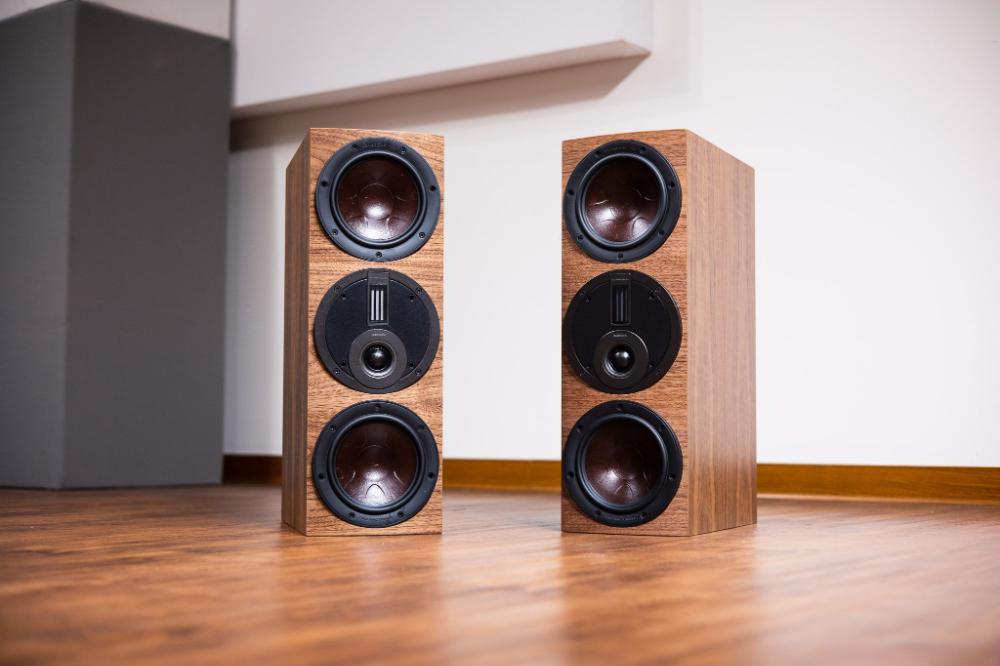
Dali Rubikore Cinema: Theater Meets Audiophile Excellence
Renowned Danish manufacturer Dali stunned the market approximately three years ago with the launch of their flagship KORE floorstanding speakers, a development that brought forth multiple breakthrough technologies. At the time, the company promised to generously trickle down these innovations across their entire product range. True to their word, Dali subsequently introduced new series including the Epikore and Rubikore, dramatically elevating sonic performance while serving both stereo and home theater applications to satisfy a broader spectrum of audiophiles.
Beyond Theater: Capturing the Soul of Music
The Rubikore represents Dali's evolved mid-tier series. Following the wealth of next-generation technologies and research gained during the development of the flagship Kore speakers, Dali has generously implemented these innovations throughout their various price points. The previously value-oriented Rubicon has transformed into the all-new Rubikore, delivering more advanced technology and superior sound quality within a similar price bracket. The Rubikore Cinema is clearly conceived for theater systems, positioned as a versatile bookshelf design capable of serving dual roles as both center channel and left/right channel speakers.
At the cabinet's center sits Dali's renowned ribbon tweeter alongside a spherical silk dome mid-range driver, while two 6.5-inch woofers are symmetrically positioned on either side. The speaker cabinet can be oriented both horizontally and vertically, with the central tweeter and mid-range drivers able to rotate according to placement orientation—simply ensuring the ribbon tweeter remains positioned directly above the spherical mid-range unit. In Dali's official configuration, users can deploy the Rubikore Cinema as the foundation of their theater system, utilizing three identical speakers for center and left/right channels. This versatility also grants the speakers considerable potential for two-channel music reproduction, which is precisely how we evaluated them in this review.
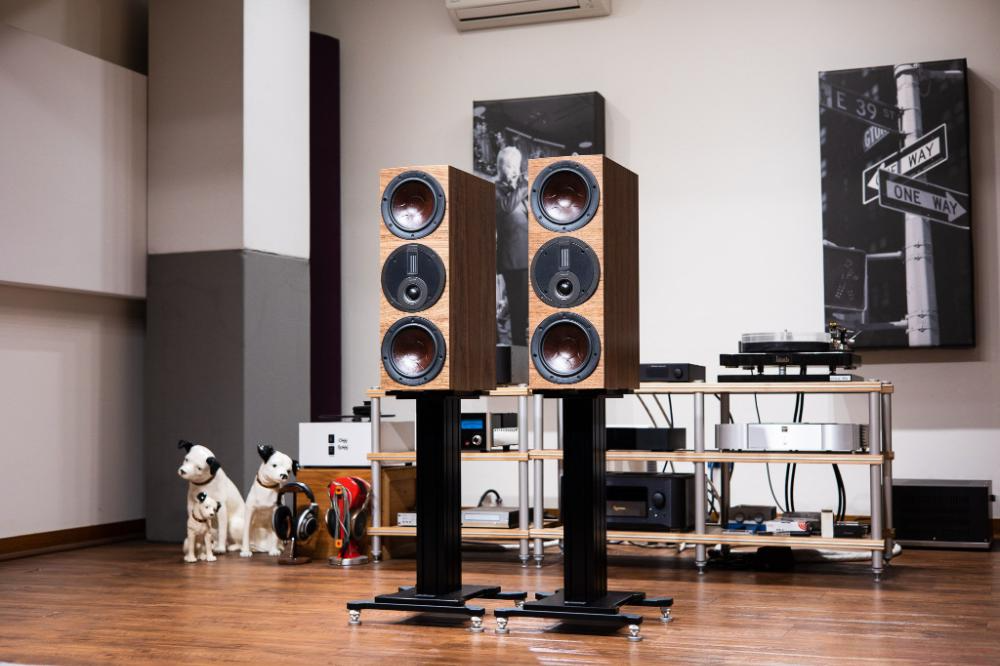
Dali's Celebrated Hybrid Tweeter Module
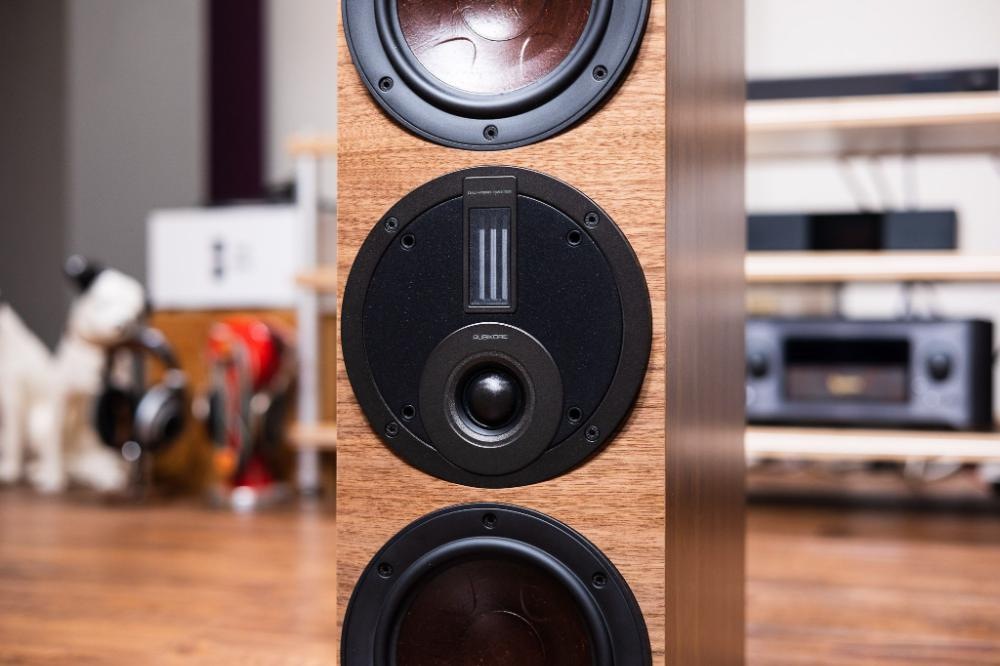
The speakers feature a single bass reflex port and dual sets of speaker terminals, complete with factory-supplied jumper plates that can be removed to accommodate bi-wiring with two pairs of speaker cables.
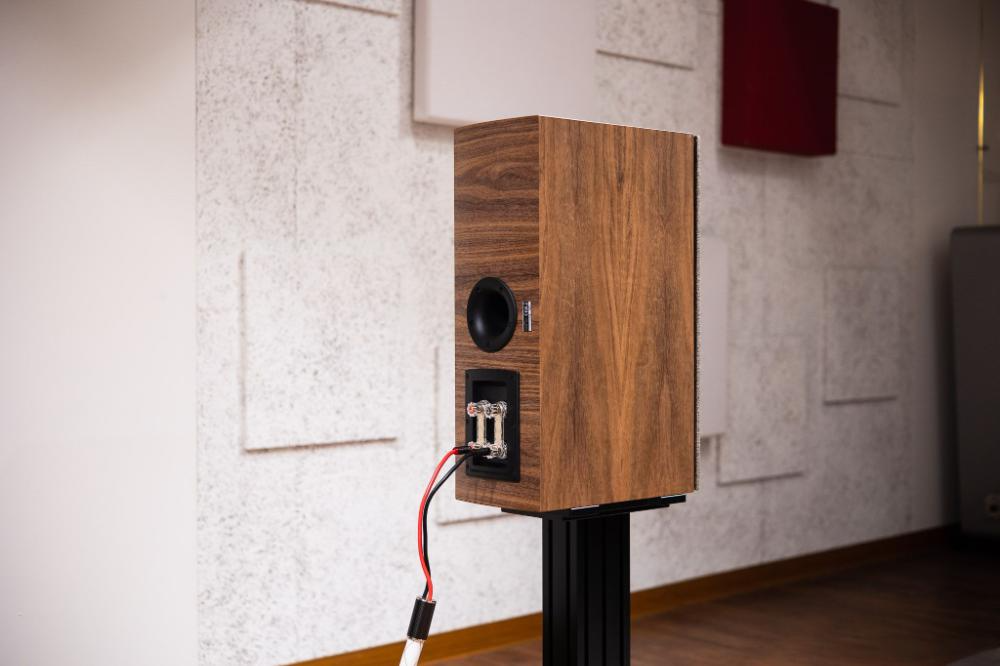
Bookshelf Speakers for Larger Spaces
We recently had the opportunity to audition the Rubikore 2 bookshelf speakers from the same series, and were thoroughly impressed with their performance. The implementation of Kore technology delivered enhanced dynamics and capability while maintaining exceptional sound quality and control. The Rubikore 2 is primarily positioned for two-channel listening in small to medium-sized rooms, whereas the Rubikore Cinema features two larger bass drivers and an additional ribbon tweeter, providing greater SPL handling and energy output to meet home theater demands in larger living spaces. Both models share the same series DNA, employing identical technologies, component materials, cabinet construction, and similar sonic characteristics. However, the Rubikore Cinema distinctly elevates the sense of energy within the space, presenting larger, more substantial imaging with effortless headroom even at elevated volume levels.
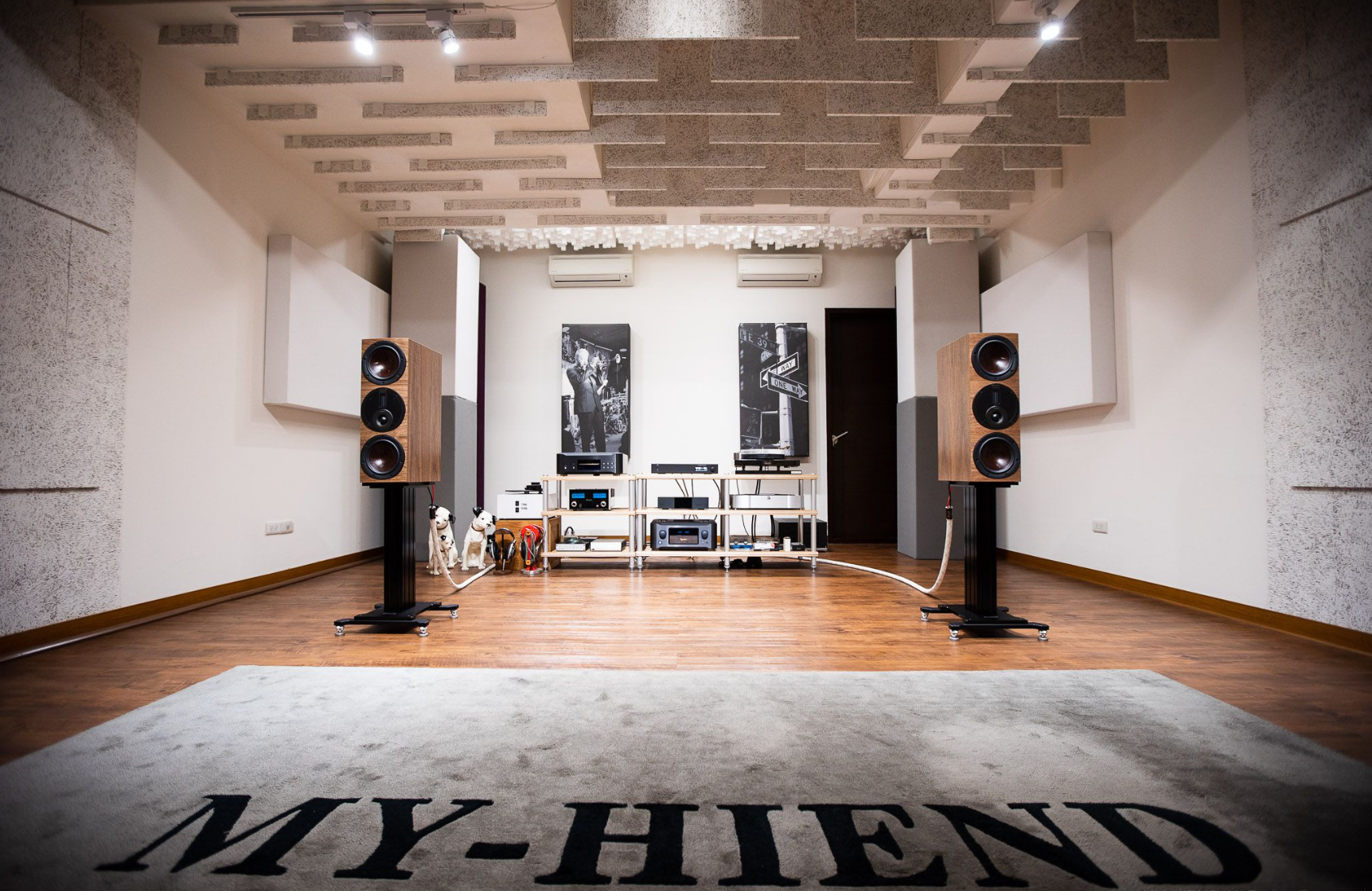
Both listening sessions with Dali Rubikore products have revealed remarkable progress. These speakers now demonstrate true versatility while preserving Dali's signature sonic character—enhanced performance coupled with an inherently pleasing tonal balance. When reproducing vocals, chamber music, jazz, and popular music, they create an exceptionally comfortable atmosphere with rich tonal colors. Referencing Alison Krauss & Union Station's "LIVE" album, the Rubikore Cinema delivers an immersive live concert experience with both vocals and instrumental performances presented through a remarkably three-dimensional soundstage and solid imaging. Importantly, this performance isn't confined to the sweet spot—the speakers' dispersion characteristics remain consistently even, maintaining excellent musical detail and positioning when moving away from the central listening position, while providing impressive spatial envelopment. This makes them genuinely well-suited for dual-purpose home theater and two-channel music listening.
The Rubikore Cinema possesses substantial sonic weight and body, with high frequencies that are smooth and refined, exhibiting excellent naturalness. The tonal character combines this richness with a subtle sweetness, and the overall presentation reveals fine detail alongside natural spatial coherence, demonstrating the speakers' exceptional value proposition.
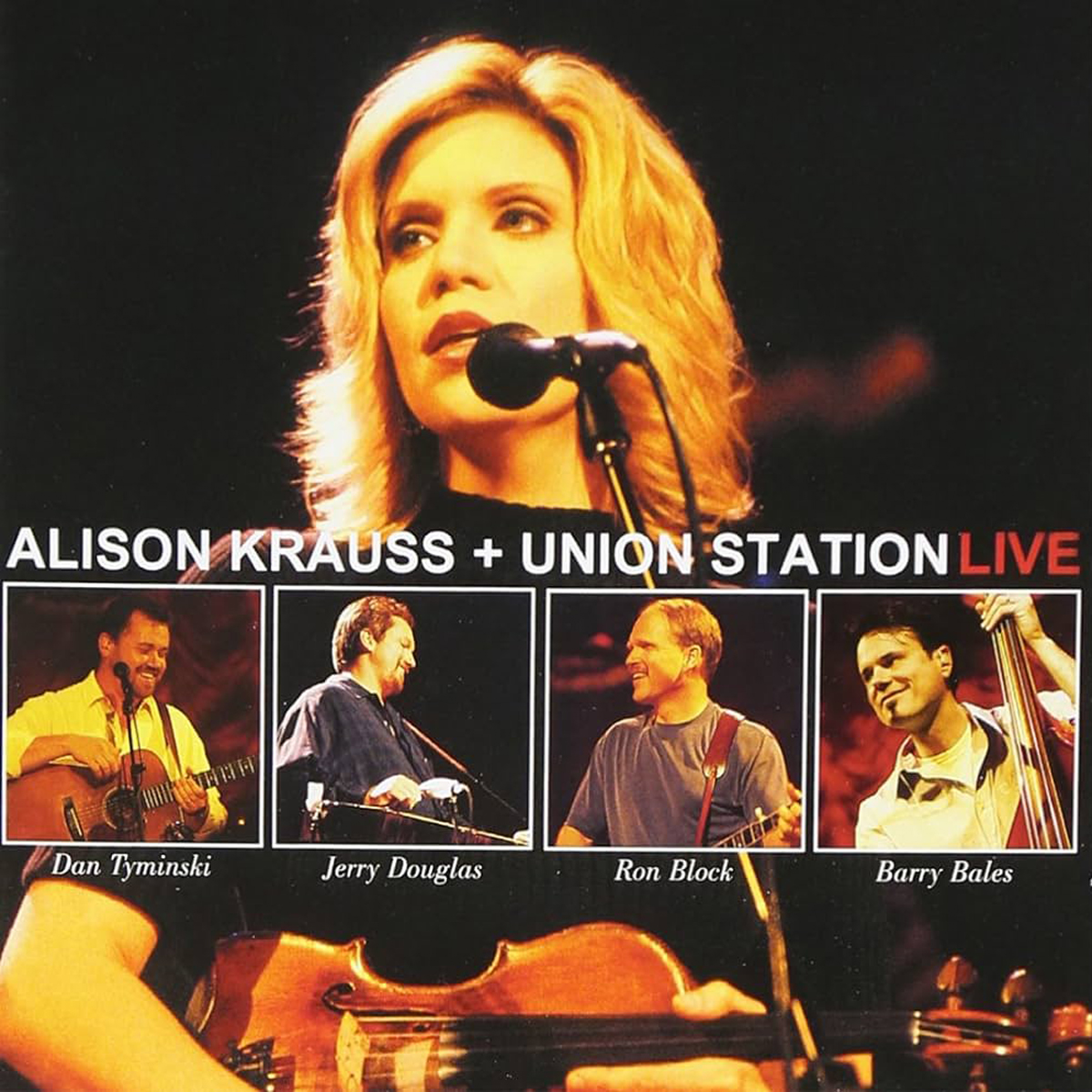
During our evaluation, we referenced Alison Krauss & Union Station's "Looks Like The End Of The Road," which revealed the DALI RUBIKORE CINEMA's abundant sonic energy and neutral, natural tonal character. The low frequencies offer substantial presence with dense, solid body. When stringed instruments are plucked, the string texture emerges with crystalline clarity, and as fingers glide across the strings, each note flows with fluid precision and seamless continuity. The resonant bass that follows presents an expansive, weighty character that paints the background with remarkably transparent yet substantial sound. While not overly aggressive, it maintains excellent tension, infusing the song with an undeniable gravitas that renders the entire composition more complete and satisfying.
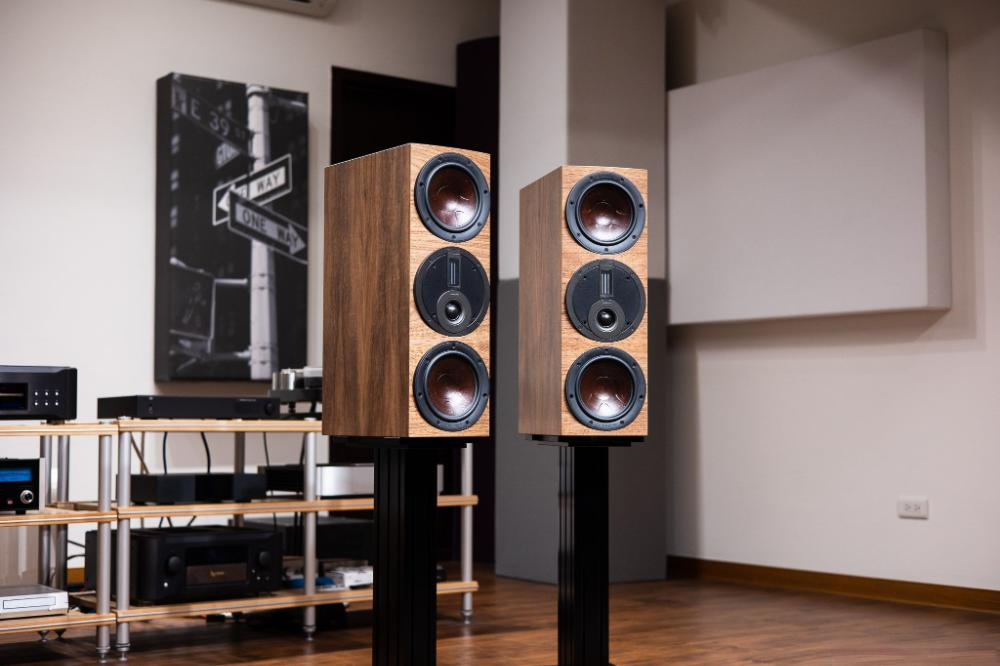
The midrange and upper frequencies exhibit an elegant, distinguished atmosphere of exceptional refinement. While the string tones don't emphasize overt playing technique, their lively, spirited emergence remains vivid and compelling, revealing their crisp yet supple characteristics. Supported by the low-frequency foundation, both vocals and strings achieve a particularly bright and captivating presence against this composed backdrop, delivering vivid three-dimensional dynamics with excellent articulation that enriches the song's melodic contours.
The vocals, beyond their clear tonal quality, sound remarkably clean with precise, well-defined vocal lines. Despite their gentle delivery, there remains an underlying resilience in the phrasing and lyrics, ensuring the vocals possess both power and successful expression of character, revealing the full beauty of the voice without reservation.
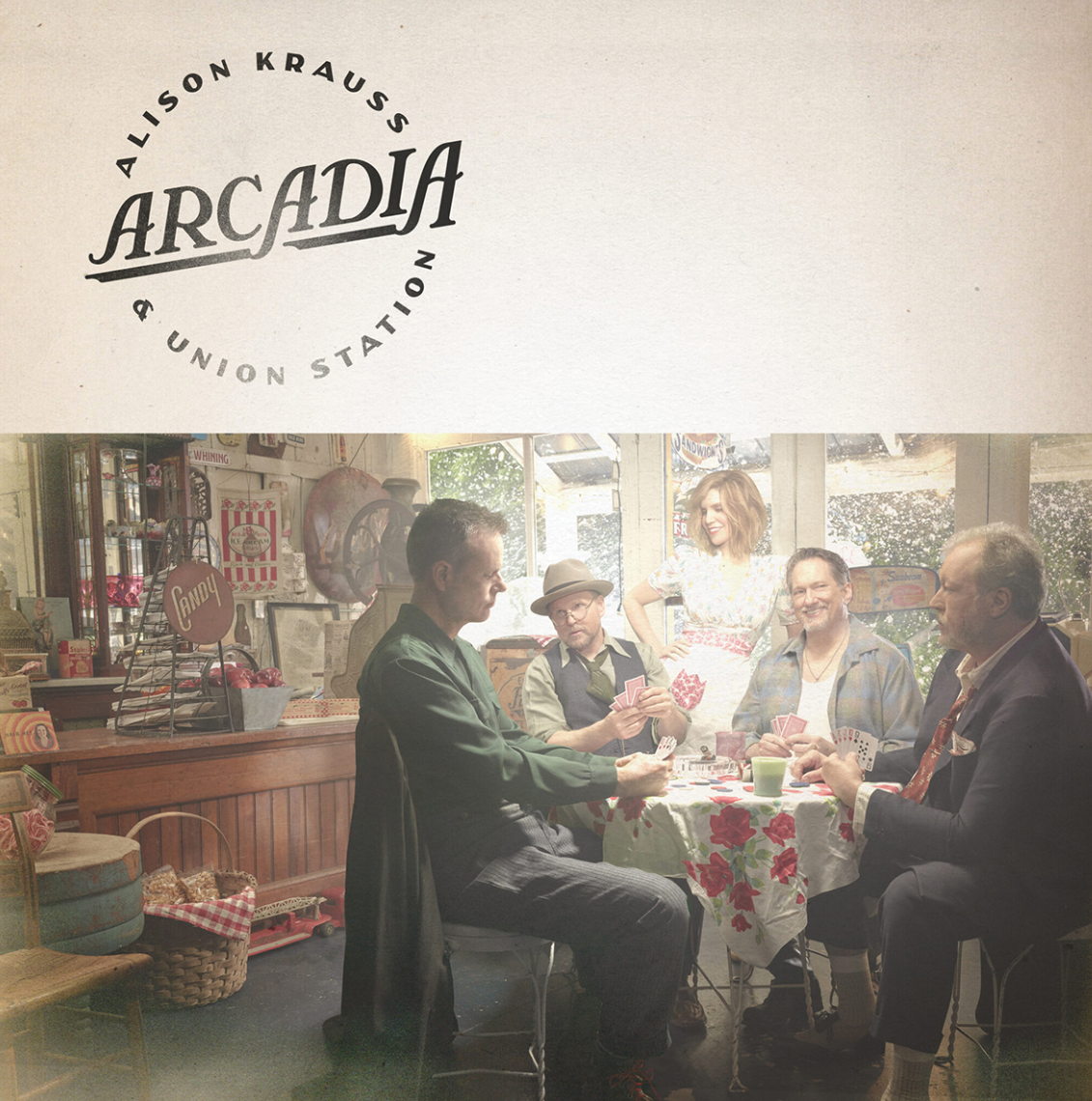
Moving on to Elton John's "Candle in the Wind" as our reference, listening through the DALI RUBIKORE CINEMA reveals instruments with exceptionally three-dimensional presence. Throughout the entire track, one can effortlessly visualize a crystal-clear instrumental landscape both before the eyes and in the mind. The piano opening alone demonstrates remarkable performance—while initially appearing somewhat delicate and slightly distant, the detail remains profoundly engaging. The piano notes exhibit both distinct separation and seamless continuity, with each note full-bodied and rounded, carrying a subtle sweetness in its tonal character. As the notes dance forth, one can practically see the rich imagery of keys rising and falling. The composition flows with the piano's spirited voice and outstanding tonal quality throughout, leaving a deeply impressive mark through the simple piano alone.
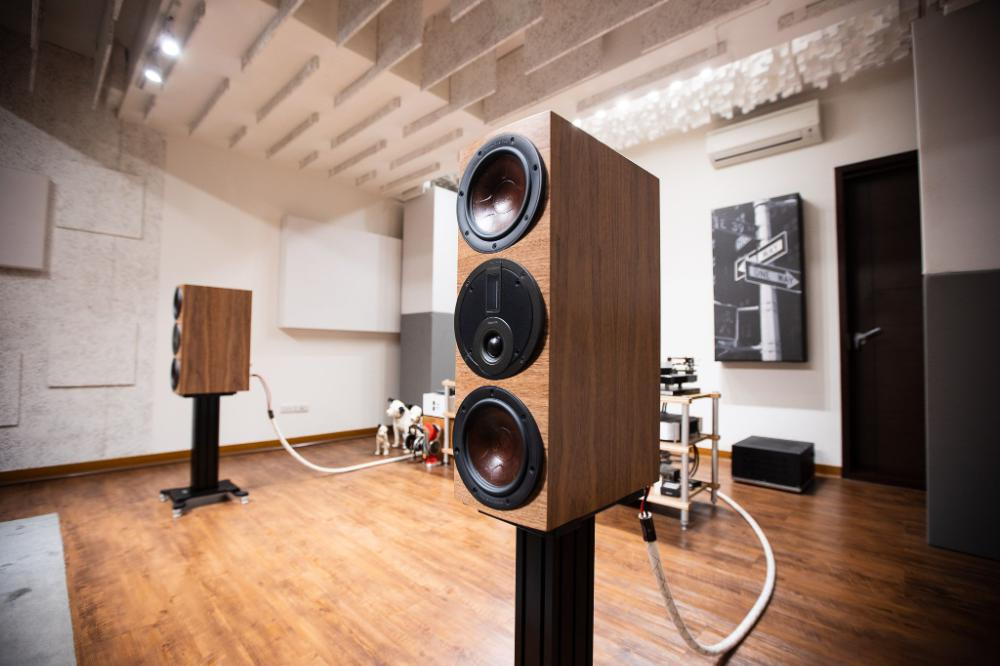
The drum performance is equally satisfying. While the individual hits lack overwhelming impact, the intricate details of stick-to-drumhead contact remain fully intact. Though the drumhead strikes feel light, they retain a composed character with crisp, precise execution that lends the drums a clean articulation. Despite this rapid attack and decay, the drums still manage to convey vivid intensity in brief moments, presenting a highlight that emphasizes quality over quantity. The vocals, with their gentle character, maintain their distinctive qualities even as the instrumental arrangement builds during the chorus sections. One could say that under the vibrant instrumental performance, the vocals actually sound more focused and alive, creating a particularly moving intimacy as they whisper in the listener's ear.

Finally, using Billy Joel's "Two Thousand Years" as our reference, experiencing this track through the DALI RUBIKORE CINEMA reveals vocals that are exceptionally pleasing and captivating. The voice is warm, gentle, yet powerful, with a rich, full-bodied presentation that makes it more prominent and vivid. As the vocals gradually build and soar upward, one can sense the throat's vibration; when the sound recedes and the tone softens, the subtle movements of teeth, lips, and mouth formation become audible; and when the singing style transitions to a raspy, gritty delivery, the vivid imagery of vocal exertion comes alive. Through the vocal performance alone, one experiences intense dynamic contrasts—both grand and intimate portrayals that flow seamlessly. Regardless of singing style or tonal transitions, the delivery achieves flawless vocal expression that flows with effortless grace.
The instrumental performance is equally outstanding, never overshadowed by the exceptional vocals. The drums in particular demonstrate remarkable dynamic presence throughout the song, and despite their abundant energy, they never blur the clarity of other vocals or instruments—each element can be distinctly appreciated for its unique qualities. The piano tone stands out with vivid key attack and finishing touches that provide perfect accents like the final stroke of a masterful painting. The cymbals ring crisp and luminous, adding rich, brilliant character to the composition. The drums themselves are broad and composed, with strikes that are deliberate and perfectly placed, carrying majestic authority.
During the chorus, when multiple instruments play in unison, each exceptional characteristic flows smoothly, allowing listeners to appreciate the harmonious balance that creates such captivating musical colors through their seamless interplay.
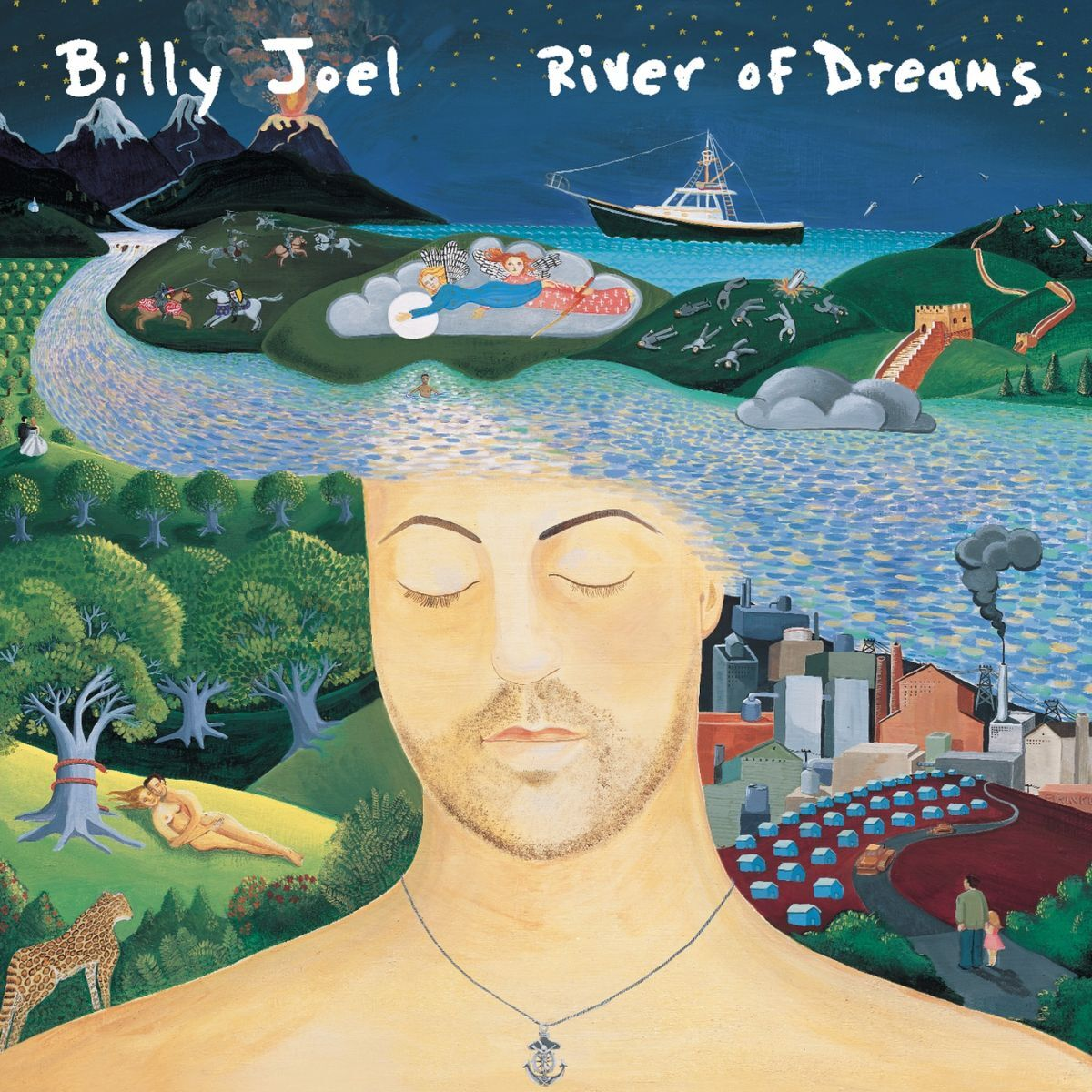

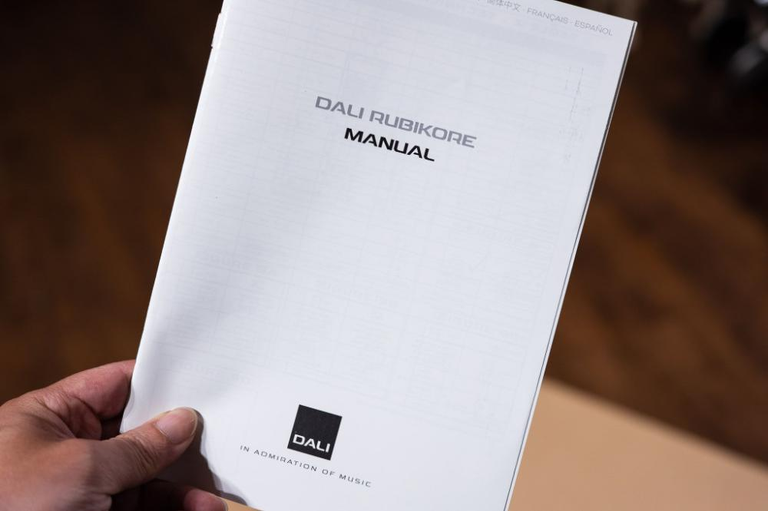
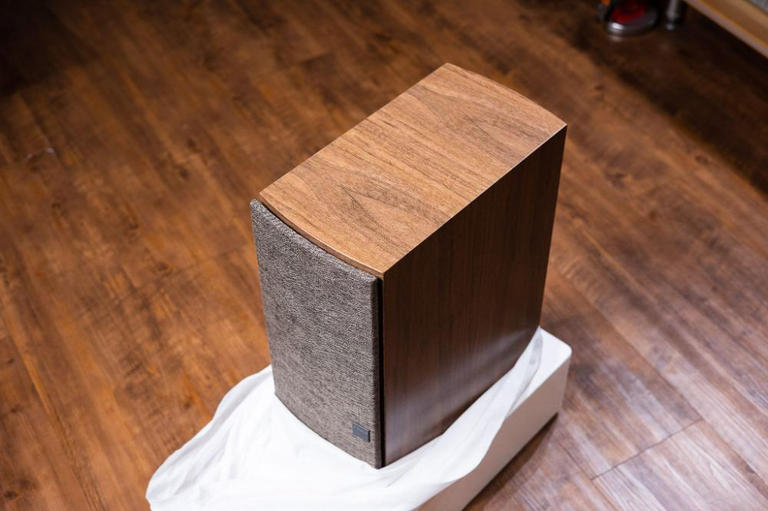

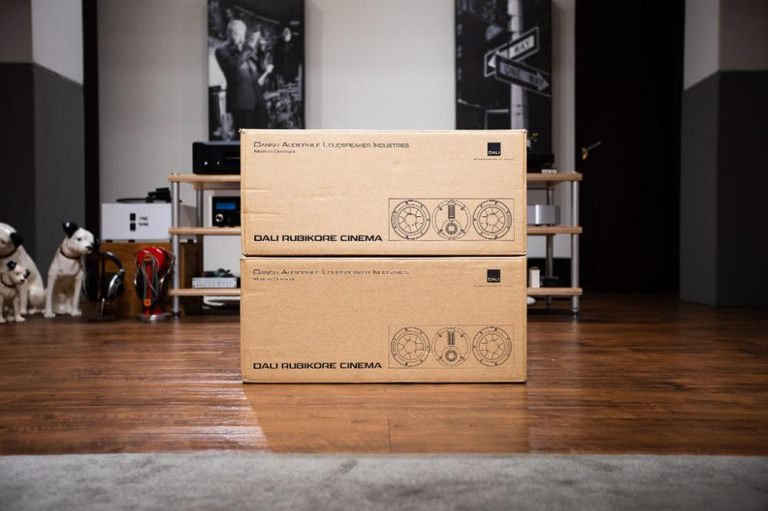
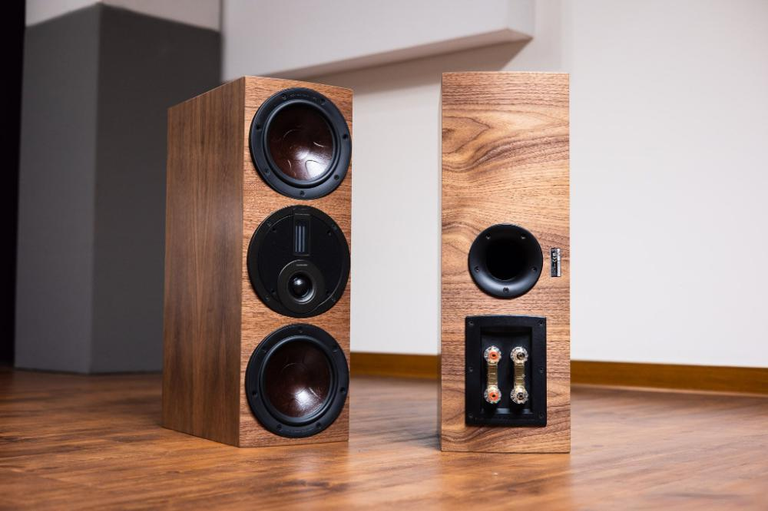
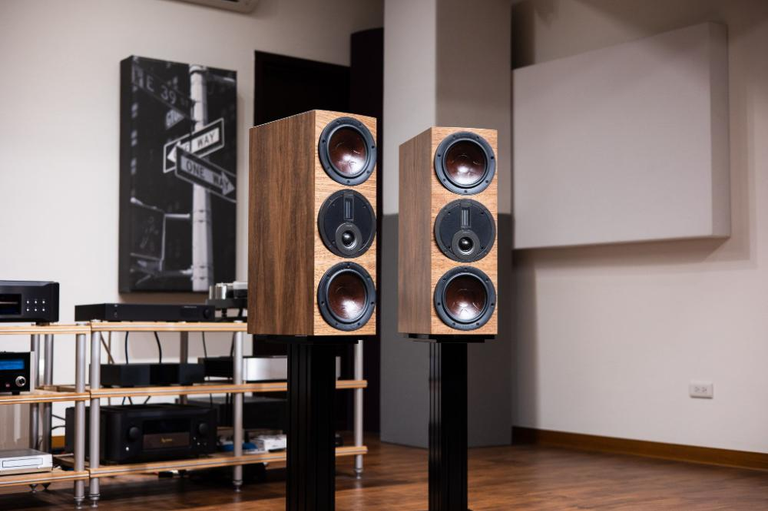
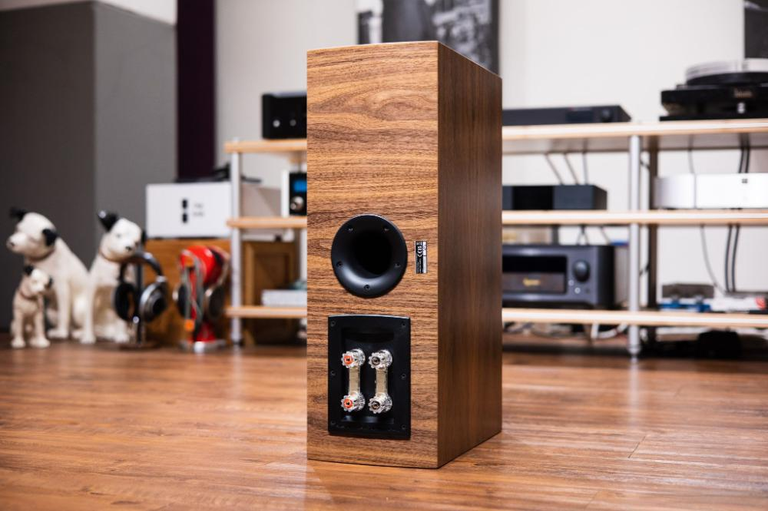
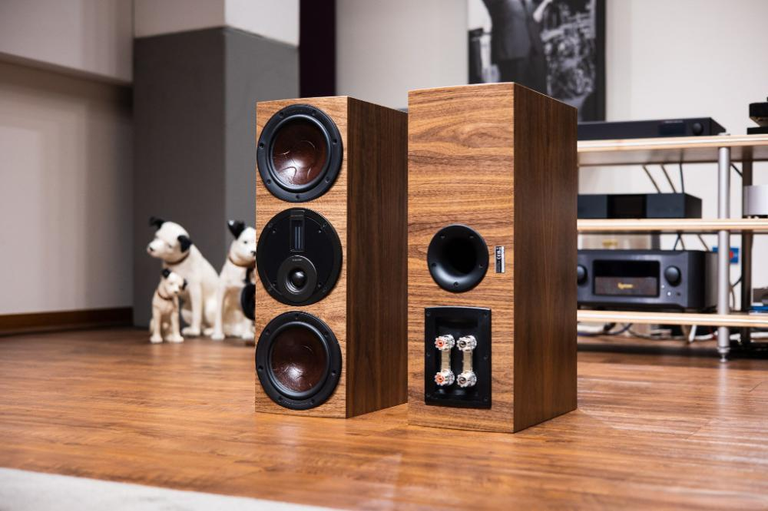
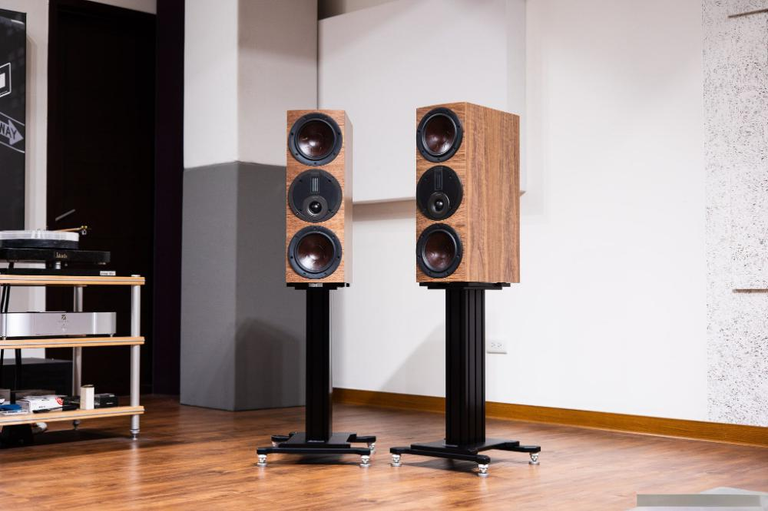
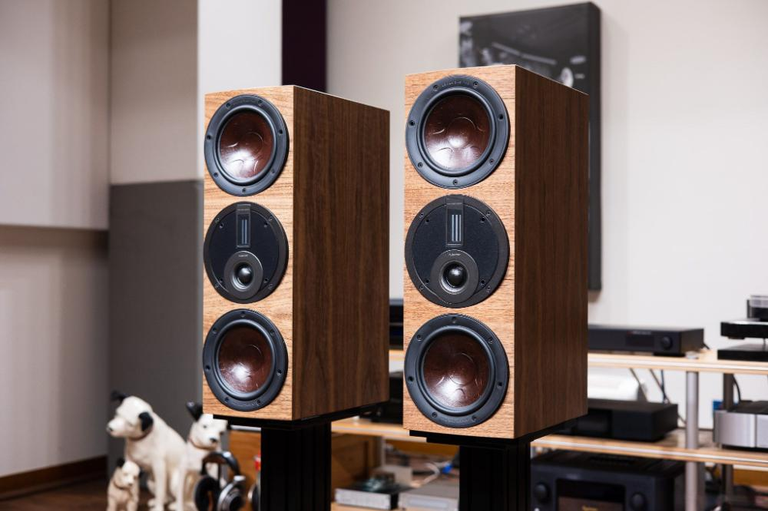
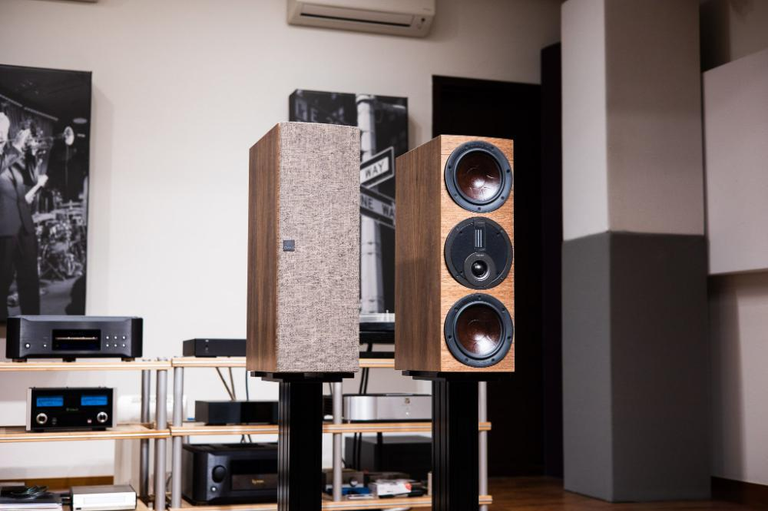
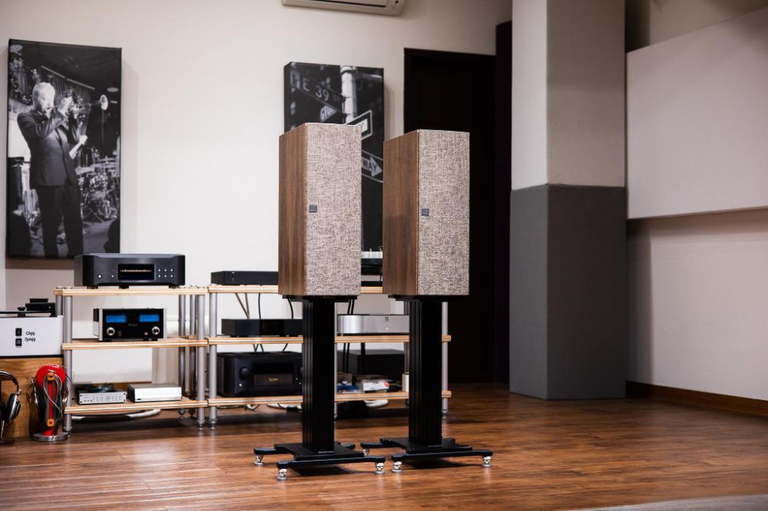
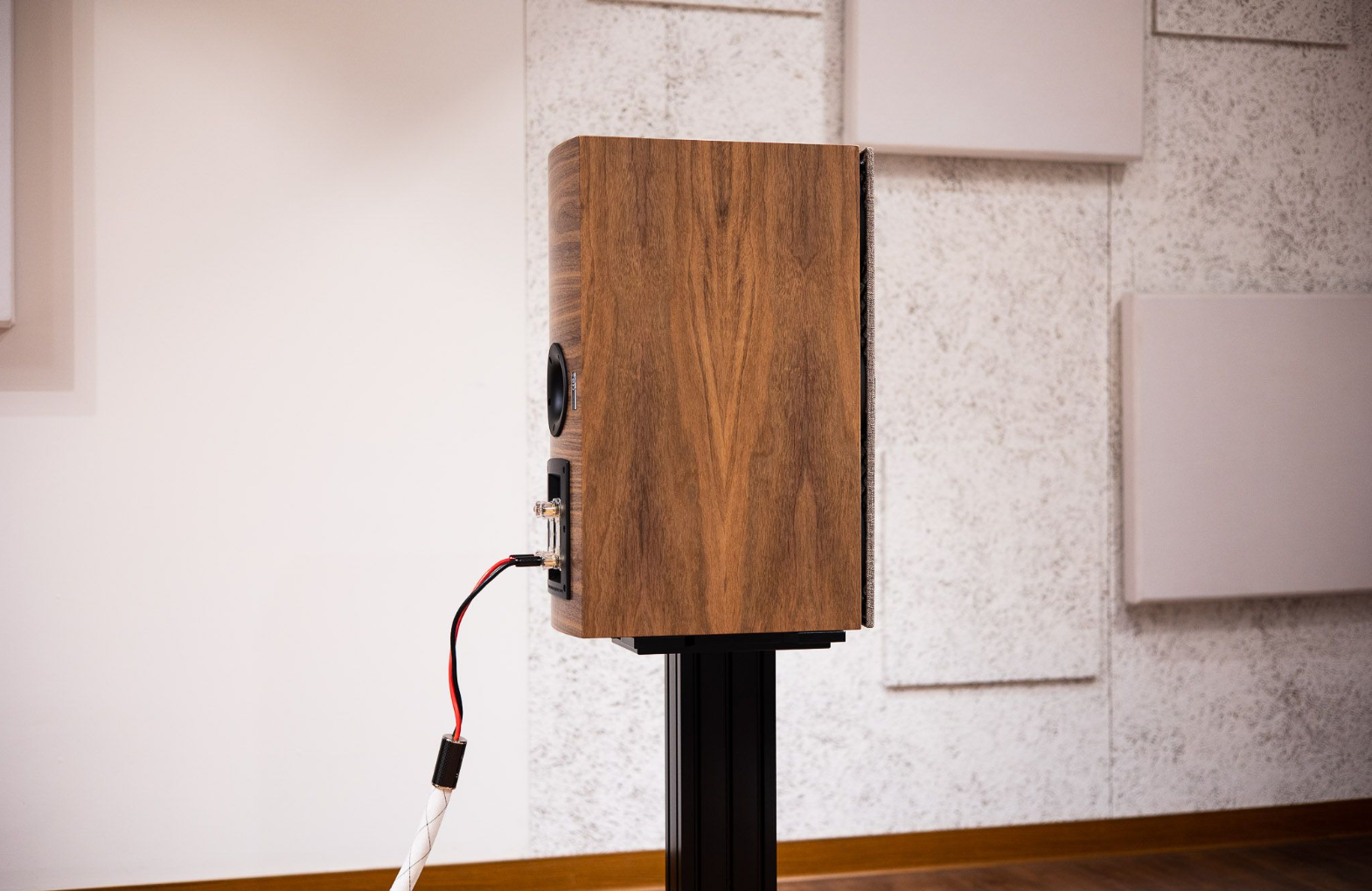
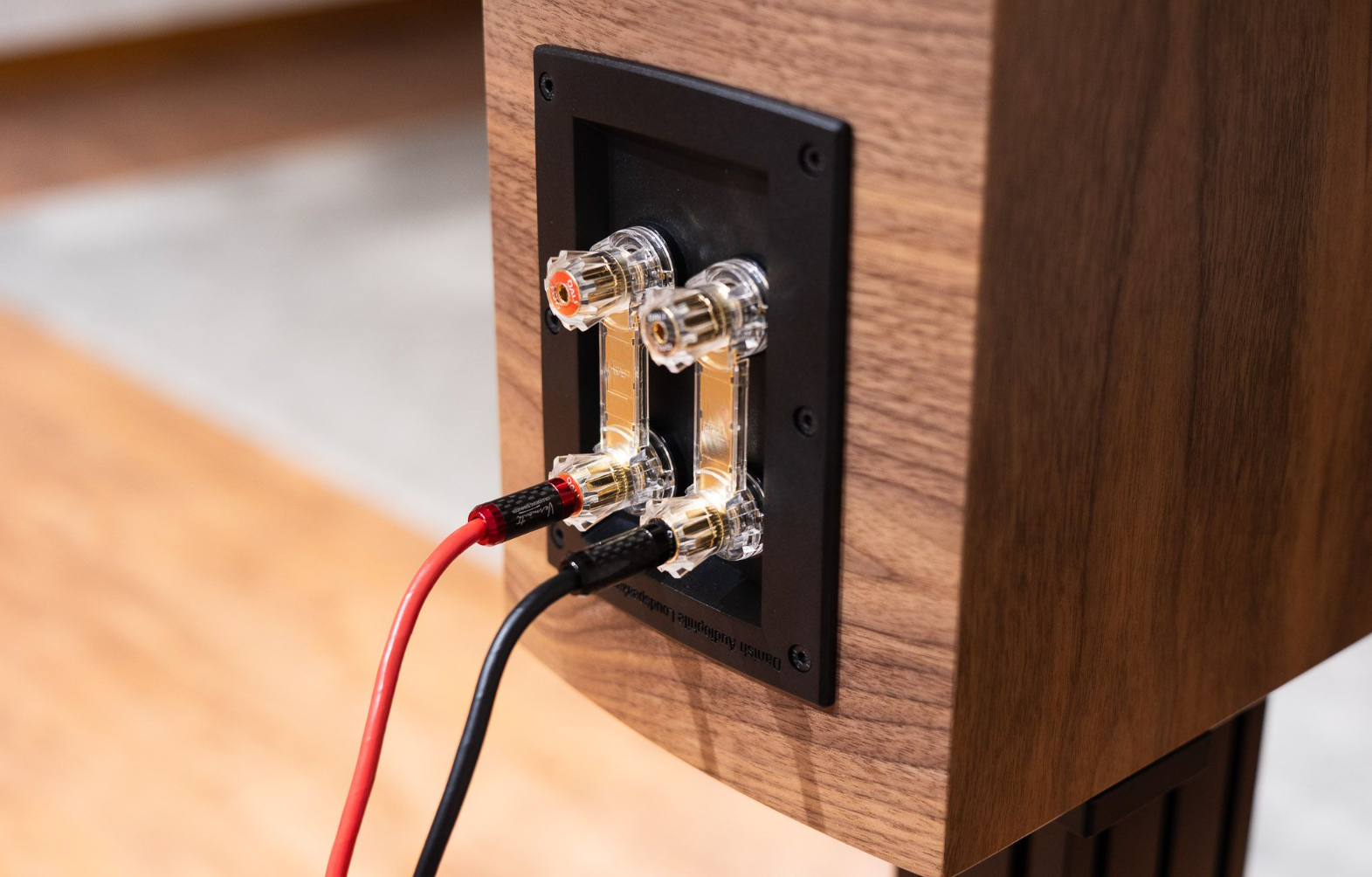
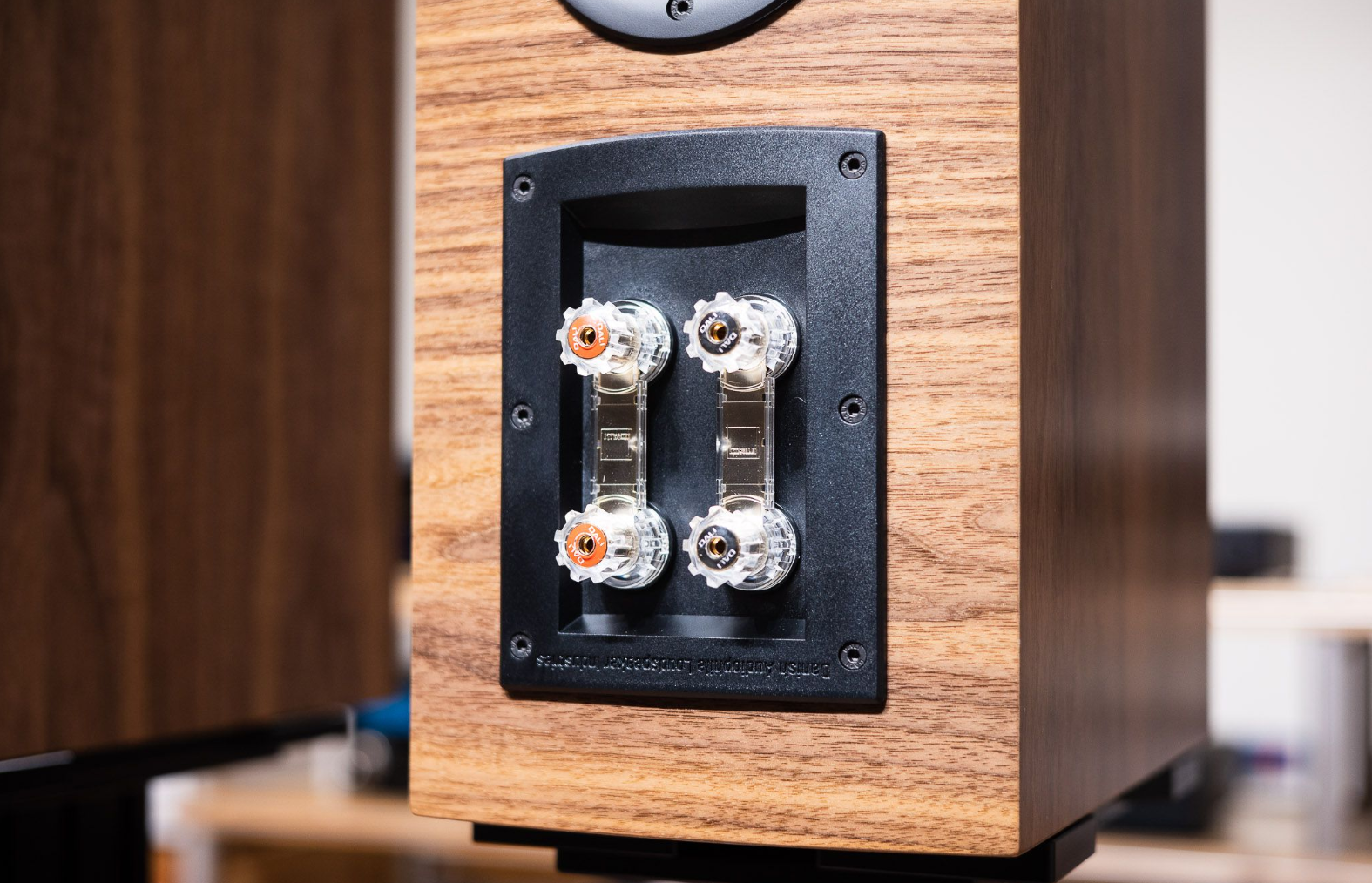
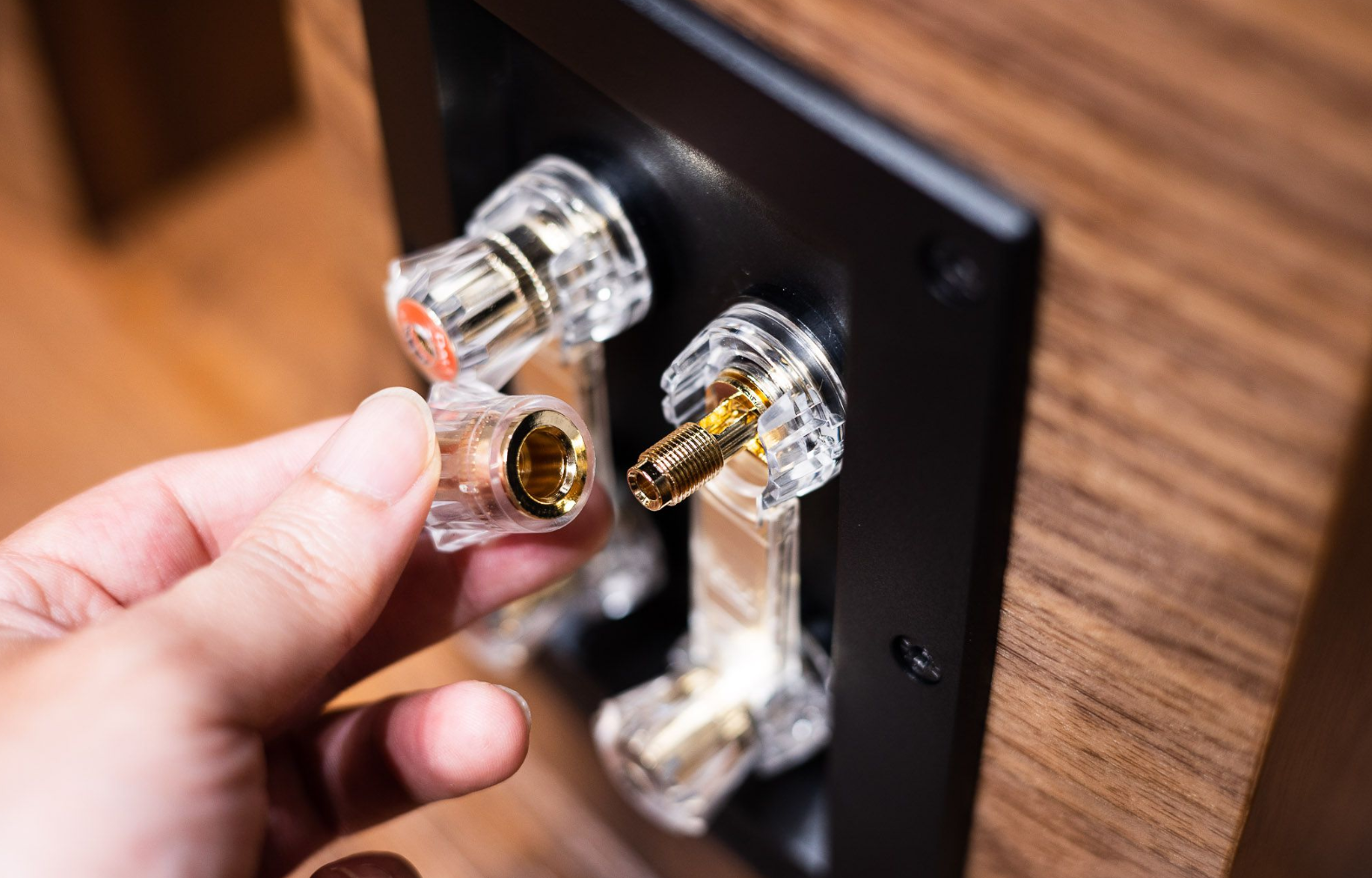


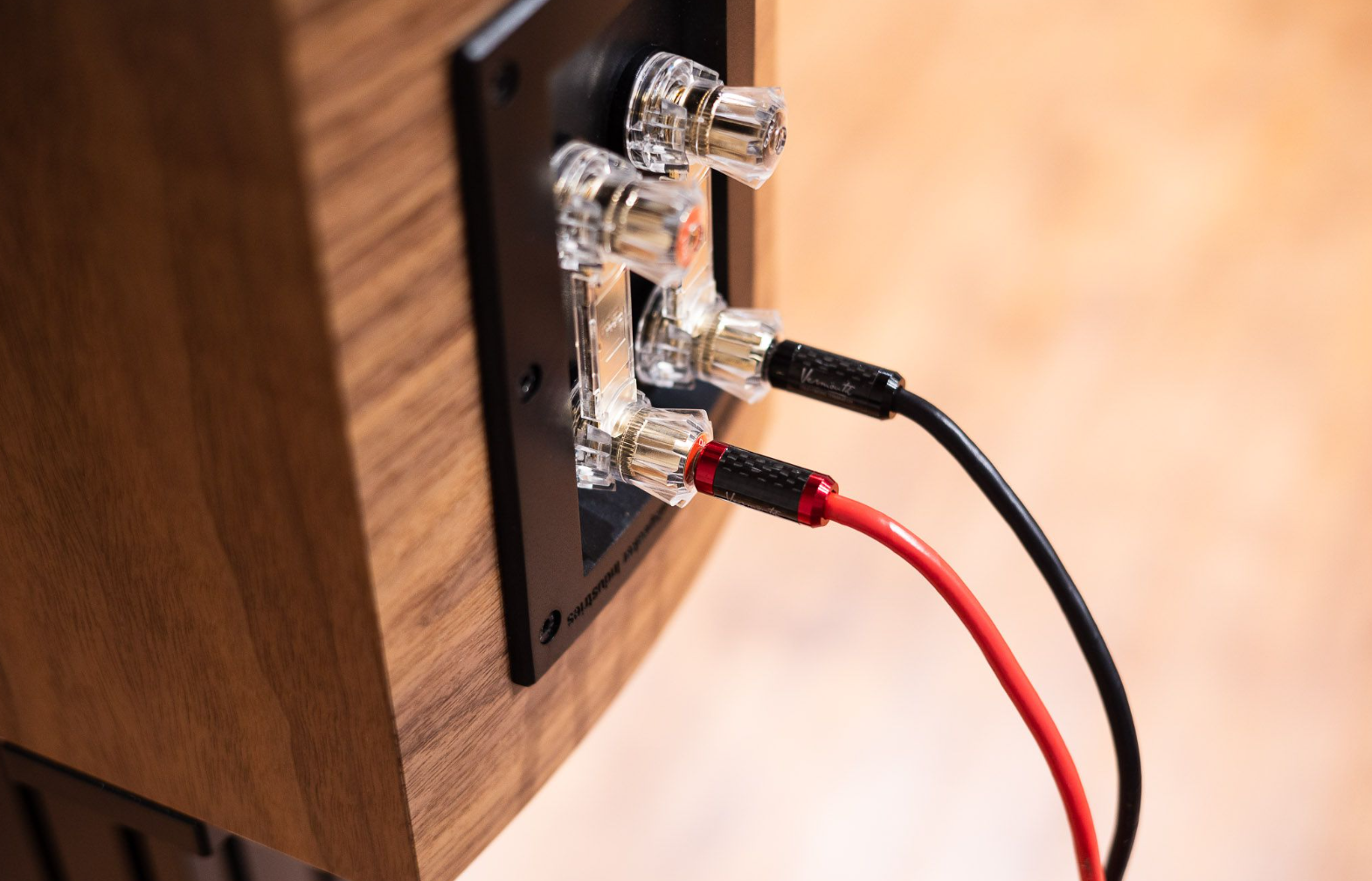
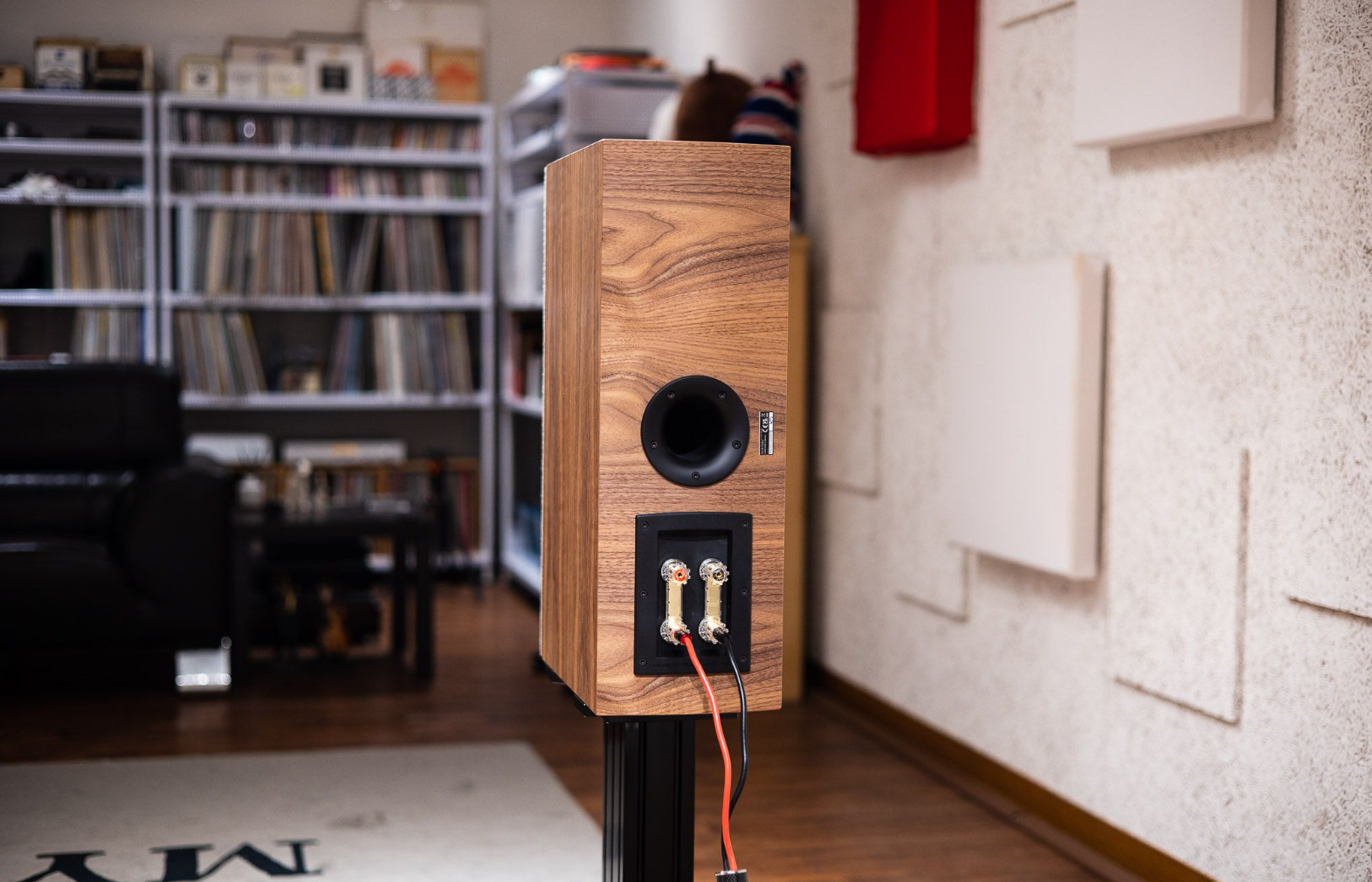


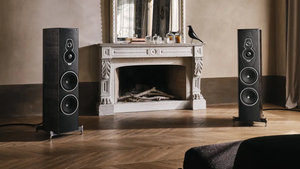
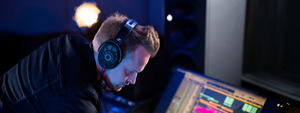
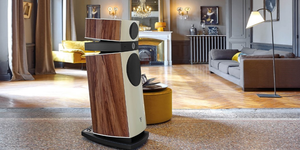
Comments